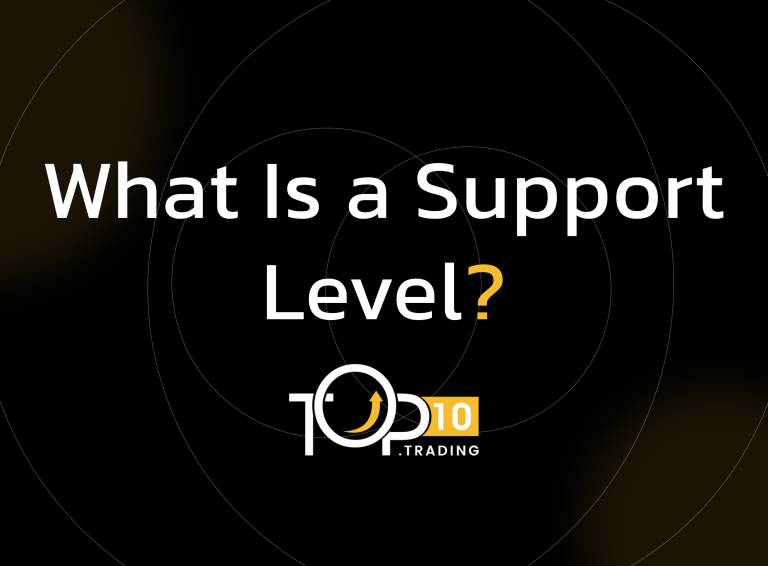Support Level Definition

A Support Level is a key price point on a chart where an asset tends to find buying interest strong enough to prevent further decline. It acts as a psychological or technical floor, where demand typically outweighs supply, causing the price to stabilize or bounce. Traders use support levels to identify potential entry points or manage risk through stop-loss placement.
Key Takeaways
- A support level is where an asset’s price tends to stop falling and may reverse upward.
- It forms due to increased buying interest or historical price behavior.
- Commonly identified using technical analysis tools like trendlines, moving averages, or price patterns.
- Support levels are not guaranteed—they can break, signaling potential downside continuation.
- Used to guide entry points, set stop-losses, and confirm trade setups.
How Support Levels Work
Support occurs when falling prices reach a level where buyers begin to step in, increasing demand. This inflow of buying pressure counteracts the selling momentum, often leading to a price reversal or consolidation.
- Support can be:
- Horizontal: Formed by previous lows at a consistent price level.
- Dynamic: Based on moving averages or trendlines that adjust over time.
- Psychological: Based on round numbers or significant levels (e.g., $100, 1.0000 in forex).
- Fibonacci or Technical: Derived from retracement levels, pivot points, or technical indicators.
- Once a support level is broken, it can become resistance, reversing its role in the market.
Examples of Support Levels
- A stock repeatedly bounces around $50, making $50 a key support level.
- In forex, EUR/USD finds support at 1.0800 after several failed breakdowns.
- Bitcoin finds dynamic support at its 200-day moving average during market dips.
Benefits of Identifying Support Levels
- Entry Timing: Helps traders find optimal points to buy during downtrends or pullbacks.
- Risk Management: Used to place stop-loss orders just below support.
- Trend Confirmation: Bounces from support can validate bullish market sentiment.
- Market Insight: Reveals demand zones and investor psychology.
Costs and Limitations
- False Signals: Price may temporarily bounce before breaking support.
- Subjectivity: Different traders may interpret support levels differently.
- No Guarantees: Support can break due to fundamental news or market shocks.
- Lagging Indicator: May only be clearly visible in hindsight.
Who Uses Support Levels?
- Technical Traders: For chart pattern analysis and trade entries.
- Swing Traders: To time buys during short-term retracements.
- Day Traders: For quick reversals or intraday trend plays.
- Investors: To identify long-term buying opportunities or valuation zones.
